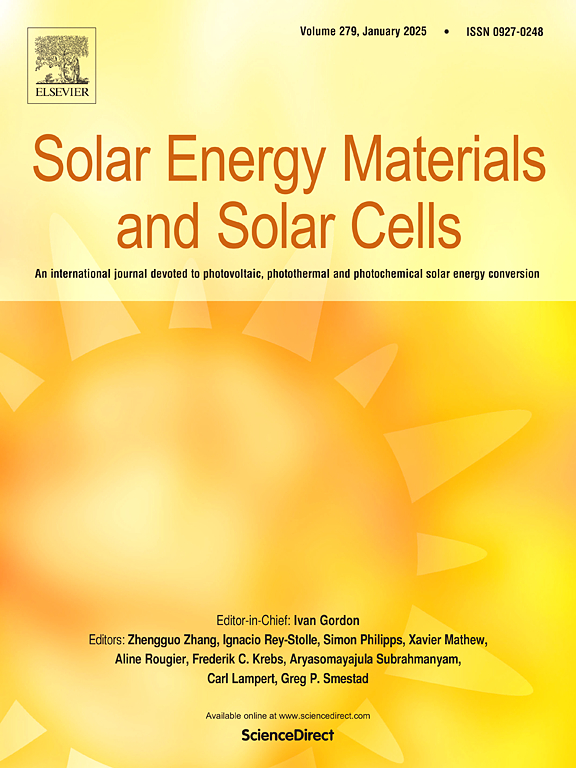Is there a crisis in the smart glass industry?
IF 6.3
2区 材料科学
Q2 ENERGY & FUELS
引用次数: 0
Abstract
Since around 1980, there have been enormous research efforts worldwide to develop electrochromic systems for use in energy-saving building glazing. Although the first commercial facades were equipped with electrochromic glass as early as 1999, this technology has not yet achieved a major breakthrough on the market. Explanations for this are not only the high costs of the devices but also the insufficient quality parameters of the products. This mainly concerns the colors in clear and bleached state as well as too slow and too low switching range. In addition, stability problems, such as delaminations, led to hesitation among potential customers. Strategies for solving these problems are presented. If these are implemented, it may be possible to introduce switchable dynamic glazing to the construction market on a broad front in the near future.
求助全文
约1分钟内获得全文
求助全文
来源期刊

Solar Energy Materials and Solar Cells
工程技术-材料科学:综合
CiteScore
12.60
自引率
11.60%
发文量
513
审稿时长
47 days
期刊介绍:
Solar Energy Materials & Solar Cells is intended as a vehicle for the dissemination of research results on materials science and technology related to photovoltaic, photothermal and photoelectrochemical solar energy conversion. Materials science is taken in the broadest possible sense and encompasses physics, chemistry, optics, materials fabrication and analysis for all types of materials.
 求助内容:
求助内容: 应助结果提醒方式:
应助结果提醒方式:


